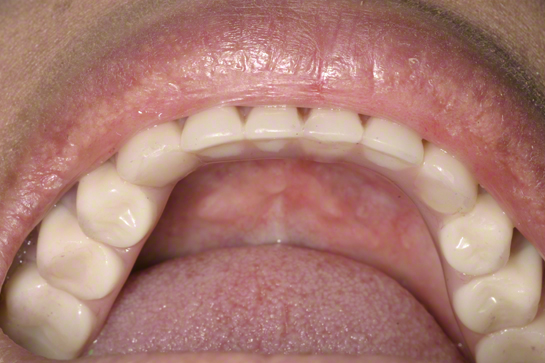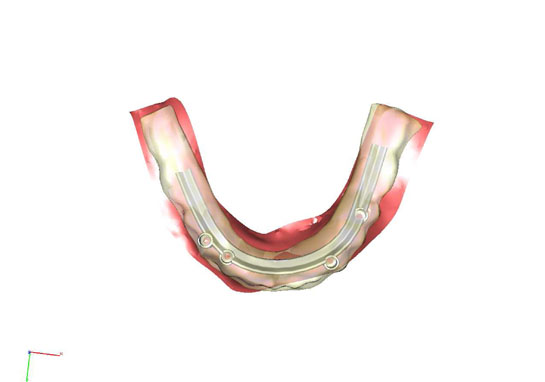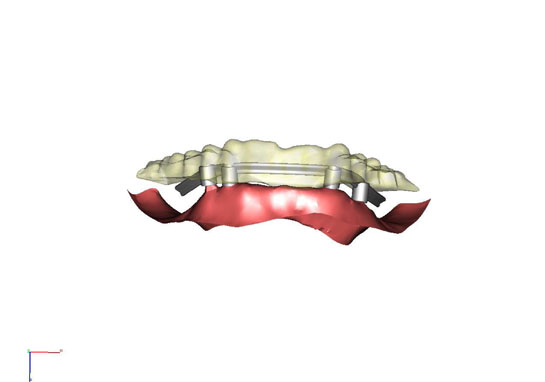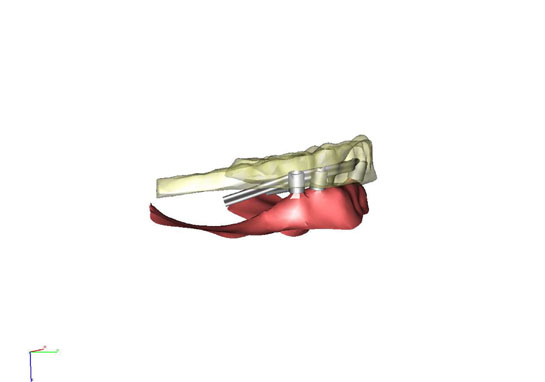Tetracycline is an antibiotic. At the age of three, children have already developed tooth buds of the permanent teeth inside the jaw. When tetracycline is given to children, this drug penetrates the developing tooth buds and incorporates itself into the tooth structure. When the teeth erupt into the mouth, the result is bands of dark stains with usually a combination of brown, gray, and yellow colors. These stains make up the actual colors of the teeth and are impossible to bleach completely into normal white teeth colors.
Note: Once a tooth has erupted into the mouth and the root of that tooth has completely formed, tetracycline cannot affect that tooth. It is also a misconception that all antibiotics will cause yellowing of teeth.
The human eyes are used to seeing the smile with white teeth. Smiles with dark tetracycline teeth are not as esthetically pleasing as smiles with normal white shades of teeth.
Porcelain veneers done on tetracycline stained teeth are very difficult for many reasons. A clinician has to mask out the dark colors underneath, and create at the same time the proper tooth form, contour, texture, and details of the edges of the natural tooth.
Here are the before and after photos of a case where I used porcelain veneers to enhance a severely tetracycline stained smile. The after photo was taken two weeks after delivery. The gum tissue will continue to heal and adapt to the new porcelain, and the colors of the porcelain teeth will become even more realistic after some time. In this case the patient opted for a super white shade, yet with proper planning and execution we can still create a natural looking smile.
Images of actual patients of Alex Nguyen, DDS are Copyrighted and Digitally Embedded to track Unauthorized Use.
........................................................................................
Alex Nguyen, DDS is a Saratoga Dentist who practices General Dentistry, Cosmetic, and Implant Dentistry. For over 20 years the practice has been serving the residents of Santa Clara County and San Francisco Bay Area.











